Women not portrayed as Freedom Fighters on Screen
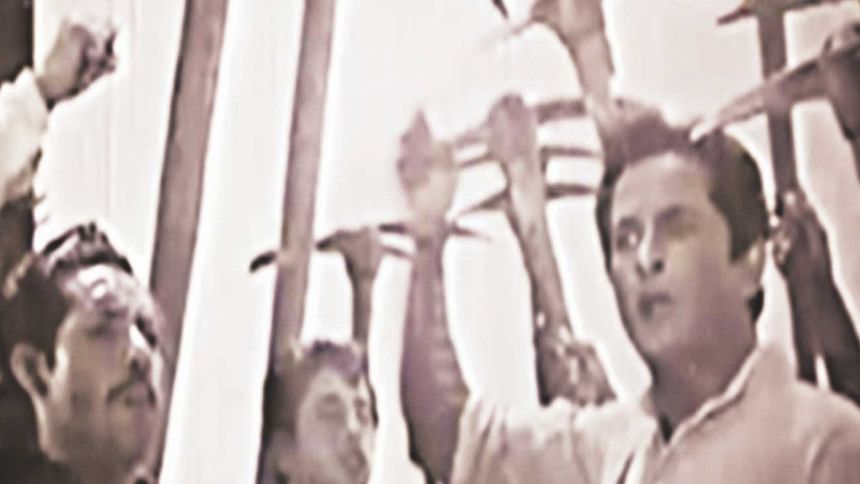
The overall theoretical framework of covering war in mass media gives evidence that to justify war the political leadership uses fragile and susceptible images of women, but strong and powerful images of men. The aim is to establish the moral justification of able men going to war in order to protect vulnerable women, children and the elderly. Film, like other branches of mass media, can also work as the 'ideological state apparatus' (Althusser, 1970/71) to manufacture people's consent. The role of a soldier is thus essentially preserved for males.
War films represent a genre where women are normally seen as nurses, mothers, wives, lovers and frail victims. Though very few in numbers, women are resistance fighters in some films: Charlotte Gray, Uprising, Sophie Scholl. Women's representation as soldiers is very rare. A few exceptions are: the Vietnamese female guerrilla fighter in Full Metal Jacket, or Lieutenant Jordan O'Neil in G. I. Jane. Portrayal as an officer is even rarer. A Few Good Women (1992) and Courage under Fire are two such exceptions.
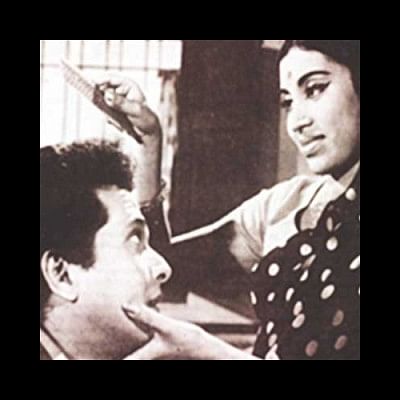
However, women portrayed as helpless prey to the ravages of war is common. The worst and most used forms of violence portrayed in war films are indiscriminate rape and genital mutilation. Examples include Platoon, Casualties of War, Two Women.
Besides represented as passive characters, women's absence, inaction or humiliation remains within the discourse of war itself. We see American soldiers call each other sexist expletives in Platoon. In Vietnam War, American soldiers used to call Vietkongs as 'red nurses', 'prostitutes' and 'castrating rifle-women'.
In war films, like in real battlefields, the male image is glorified, and the female is trivialised, evident via the use of language and other sign systems.
Women in the Liberation War Films of Bangladesh
The war films of Bangladesh are no exception to this world practice. I had the opportunity to examine closely 26 full length feature films and 6 short films based on the Liberation War of Bangladesh. While analysing the war films of Bangladesh, the trends of constructing women in these films at different points of time can be distinguished in phases.
Pre-liberation
The muktijuddho was a culmination of events. In the time it culminated, besides political preparation, strong cultural preparation was also evident. For film, this preparation was most vividly represented in Jeebon Theke Neya by Zahir Raihan (1969). The major political and cultural struggles of the Bangalis along with their aspiration to be free from the economic and cultural exploitations of Pakistan were captured in this film. The time that has been captured in the film, almost the entire nation was on the streets, irrespective of gender. Women took part in the Language Movement of 1952, the People's Upsurge of 1969, and constantly participated in cultural movements.
However, there are two frames in the film: the home and the 'outside-the- home'. In the home frame, women are mainly busy in their efforts to control the house-keys and children. In the outside-the-home frame, there is a call for a wider politics for the country's autonomy and the freedom of people. All the male members are engaged in this politics, while women are engaged in narrow family quarrels. Women characters are established here in the traditional way of two distinctive sets of characteristics: strong, evil women, and soft, good, family-oriented women. The latter ones are framed in two roles, the caregivers, and the object of sexual desire.
Though the film showed the nation fulfilling its aspiration to become an independent country, this calling was not meant for the women of the film. This framework of sons preparing for the country's liberation war, not daughters, continued in the post-liberation films as well.
Post-Liberation
Wave 1: 'Rape Victim', 'Rape-Commerce', and 'Death of Rape Victims'
As per the classical war film framework, the violation of women was what drove the men to war; thus, the weak position was constructed based on the rape experiences of women during the war. Rape scenes became essential parts of war films (1972-1975). In the first film made on the Liberation War, Ora 11 Jon by Chashi Nazrul (1972), the female protagonist who worked in a camp as a nurse, was raped; and the side female character died being raped in a Pakistani bunker. From 1972, nearly all the war films of Bangladesh contained at least one rape scene.
In the early war films, women's image as rape victims was used for box office business; the extreme cases are Bagha Bangali (Anondo, 1972), Roktakto Bangla (Momtaj Ali, 1972), Kalmi Lata (Shahidul Haque Khan, 1981). This image was portrayed as their only participation in war. The rape business theme in war films during 1972 to 1981 was developed following the 'villain-dancer' and 'villain-victim' framework.
The evolution of the fate of women as per rape experience is recognizable in Chashi Nazrul's films. In his first film Ora 11 Jon, only the female lead could be alive as the lead male was magnanimous enough to want her in his life, whereas the supporting actress had to die.
In his second film made in 1974, Shangram, both the main and supporting female characters had to die because of their rape experience. In his later films made in 2004 and 2006, the main female characters secured a safe exit by not experiencing rape, but the cameos who had been raped were killed off.
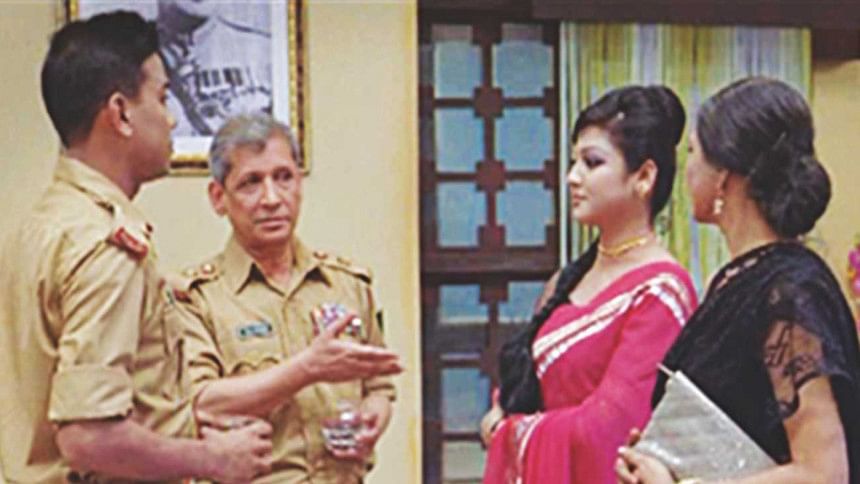
Wave 2: Short Films of Alternative Trend: Passive, Raped, Dead or Schizophrenic
After the political change in 1975, the trend of making films on the liberation war came to a halt. Filmmakers in the alternative wave tried to bring back the spirit of the muktijuddho in films. Compared to earlier films, rape scenes had not been used in these films with commercial intentions. However, directors could not break free from the practice of patronising the image of invisible, raped or passive women. In Agami by Morshedul Islam (1984), when the lead male character's three-month pregnant wife was being dragged away to be raped by the Pakistani Army, the end of her sari trailed over the fields and she grabbed at the earth with her hands. Here her violated body symbolized the violated nation. After being raped, she gave birth and committed suicide.
In another acclaimed short film Huliya by Tanvir Mokammel (1984), although the political activist who got a huliya (warrant) for his activities to free his motherland and who came to see his mother, the women themselves are shown mute and passive. Following these two anchoring films, the other short films made on the war also represented women as passive victims, and if once raped, committed suicide or were driven to madness. In Nodeer Nam Modhumoti, the lead female character became schizophrenic following rape, the same happened to Rehana in Khelaghor, and in Ekattorer Jishu there was no significant woman character.
Wave 3: Women Set in Classical Gender Role
Popular writer Humayun Ahmed was the first to release a film in the mainstream cine industry based on the war after 1975, breaking a silence of 19 years. In his Aguner Poroshmoni (1994) he set a new trend of representing women in war. War did not throw women of this film outside their natural habitat. The lead female did all sorts of whimsical things in 1971's occupied Dhaka, having fallen in love with a freedom fighter who took shelter in their home. The writer-director portrayed women characters in two ways: first, silly girls who are passionate and inquisitive about the war of independence. Their involvement in war is restricted to their fantasies; second, mothers who pray for their son's safety either when they go to the battlefield or when they suffer from wounds. Thus, the mother-son framework as the grand narrative of the war got re-established and as per the classical war film tradition, women turned out to be insignificant once more and were placed back into their domestic roles.
The success of this film inspired few others. Ekhono Onek Raat by Khan Ataur Rahman (1997) and Hangor, Nodee, Grenade by Chashi Nazrul Islam (1997) are two of this kind of attempts, where the role of mothers in the narratives established mother-son frame of the war.
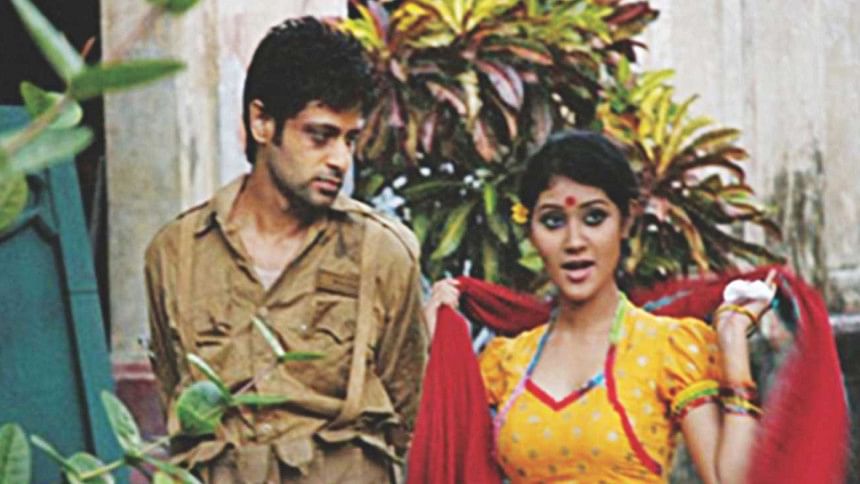
Wave 4: Filmmakers of the Alternative Trend Made Full Length Films
The alternative film directors took interest to make full length war films from the early years of the millennium. Matir Moyna (Tareque Masud 2002), Joy Jatra (Toukir Ahmed, 2004), Shyamol Chhaya (Humayun Ahmed, 2004), Khelaghor (Morshedul Islam, 2006), and Rabeya (Tanvir Mokammel, 2008) are films of this category.
The contribution and participation of women in war films started to fade away further in the hands of directors of alternative films once they started to make full-length films. Among those films, Matir Moyna was the most critically acclaimed. Though the lead female character is strong, the war does not touch her until the Pakistani army burns down her house. She leaves her husband behind, and runs away with her son. Though quite conscious about the political situation of 1971, she tells her brother-in-law, a political activist, "I don't have any war." This absence is established in other films as well. They are just helpless prey to the situation.
Wave 5: 'Chastity' in Commercial War Films
Commercial film directors eventually started to make films about the liberation for the second round. Chashi Nazrul, the most successful director in the first wave, returned with his second wave of war films. In his first film Ora Agaro Jon (1972), women characters were bright and they were presented as versatile characters. But in his post-millennium films Megher Pore Megh (2004) and Dhrubotara (2006), there is no sign that the women characters had the slightest concern an ordinary citizen would have during wartime. At best, women were seen fleeing to protect their lives and their chastity.
As time passed by, the representation of women as victims of war was being replaced in the commercial films of recent times with the visible attempt to keep women's chastity intact. The trend is to keep the main female protagonists out of rape experience, while the raped side characters must cease to live or suffer from schizophrenia.
Instead of solely representing women as sex objects in the eyes of enemies, the new wave is to sexualize them regardless of their roles and positions throughout the film. This usage is most prominent in the last two big budget films, Meherjaan by Rubaiyat Hossain (2011) and Guerrilla by Nasiruddin Yusuf Bachchu (2012).
Wave 6: Women in War by Women Directors
For clear historical reality, the number of female directors is only a few, both in mainstream and alternative films. Interestingly, only two or three female directors, who have come to attention, made films on war.
Shameem Akhtar, in her debut film Itihas Konya (1999), standing against the commercial representation of the torture on women and the issue of war children in the mainstream films, presented these two issues as essential parts of the war. The whole narration is from a females' perspective. Here the person who narrates is female, who questions is female, who complains is female, who is brought into question is female; the questions that are raised are in light of constructing the history of their experiences.
The only area where the director could not get over the traditional view is the future of rape victims. Kanika, the rape victim, mother of the war-child Anonya, committed suicide. The other rape victim Kanak was represented as barely living.
Shameem Akhtar's second war film Shilalipi (2002) is based on the life of the only state-recorded female intellectual martyr, Selina Parveen. Thus the director actually represents the life of a female freedom fighter.
However, the experience with female directors cannot be generalised. The controversial film Meherjaan is such an example. Though claimed to be a feminist re-interpretation of the war, it has been blamed by many as a distortion of history, and on the other hand it was criticised to be derogatory for women in many ways.
In this film, there are three female characters- Meherjaan, the lead female and her two sisters. Meherjaan is a sweet eighteen year-old girl who falls in love with an enemy soldier after he rescues her from imminent rape by the members of his own troop. Meherjaan's presence throughout the film is essentially for business as evident from the use of her 'looked-at-ness'. The female characters have been presented in the perspective of the male gaze mainly. There are two other female characters – Meherjaan's mother and aunt, who are occupied with household chores and are not particularly bothered about the war. To maximize the return of huge budget invested the main female protagonist needed to remain 'pure'. This big budget film was an example of how the newer expansion of capitalist beauty industry wants to maximise profit using female 'looked-at-ness' throughout the film, which cannot be achieved through brutal rape scenes.
Except for Guerrilla, women's participation as direct freedom fighters is totally absent in war films. The nation had to wait for 40 years to get an on-screen female freedom fighter. However, she had to kill herself at the ending scene to be recognised as a freedom fighter.
In war films, women could not be freedom fighters; they could only be the birangonas, the connotation of which is now the raped women and thus 'dishonoured, disgraced, fallen' women. At the end of the war only the freedom fighters were seen to return home, no woman was seen to back home. They were the casualties of war only and lost their home as they lost their ijjat.
The writer is Professor, Department of Mass Communication and Journalism, University of Dhaka.

 For all latest news, follow The Daily Star's Google News channel.
For all latest news, follow The Daily Star's Google News channel. 


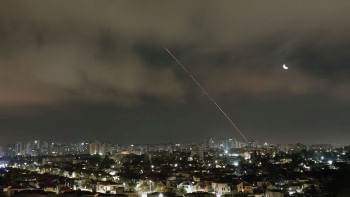
Comments